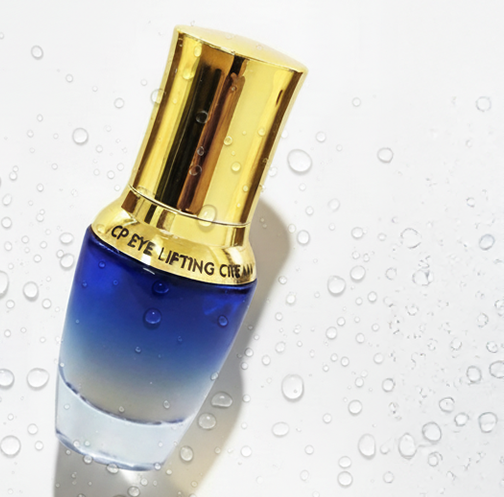Our skin does more than we might think. It has three layers, each with its crucial role. The outermost part, the one we’re most familiar with, is the epidermis. However, there’s also the dermis, sitting beneath the epidermis, and the deeper hypodermis.
What is the role of each one?
Beginning with the epidermis, the First Line of defense is further divided into five sublayers:
• The Stratum Corneum, varies in thickness depending on the body part.
• The Stratum Lucidum, appears only in the thickest skin areas, palms, and soles.
• The Stratum Granulosum.
• The Stratum Spinosum.
• The Stratum Basale, its main functions are to protect against harmful bacteria, renew skin cells, and give our skin its colour based on melanin content.
Following comes the Dermis, The Supportive Middle, comprising 90% of the skin’s thickness, the dermis houses connective tissue, blood capillaries, nerve endings, hair follicles, and glands. These glands include sebaceous ones that produce oil and sweat glands. Collagen and elastin found here add strength and elasticity. The dermis also contains the hair follicle roots and nerves that allow us to feel sensations like heat, softness, and pain. It has two regions: the papillary dermis and the reticular dermis.
Набор Hypodermis is The Protective Base, the deepest skin layer. The hypodermis is made of fat, connective tissues, larger blood vessels, and nerves. It stores most of our body fat, insulates against temperature changes, cushions internal organs and bones, and anchors the skin to underlying structures.
By getting to know about our skin layers and the complexity of our skin, we learn to appreciate and understand the importance of using the ideal products for it.







